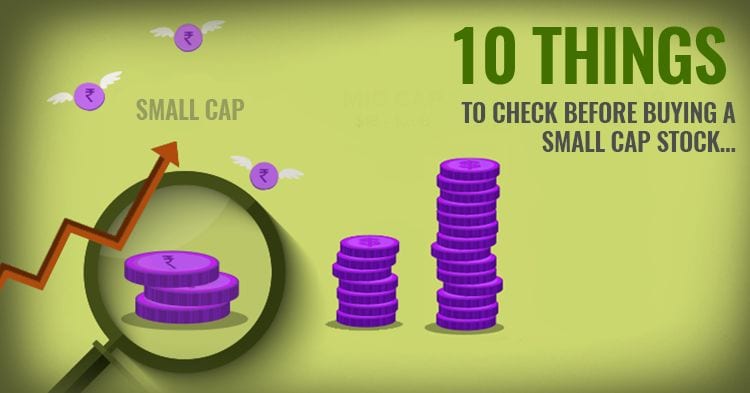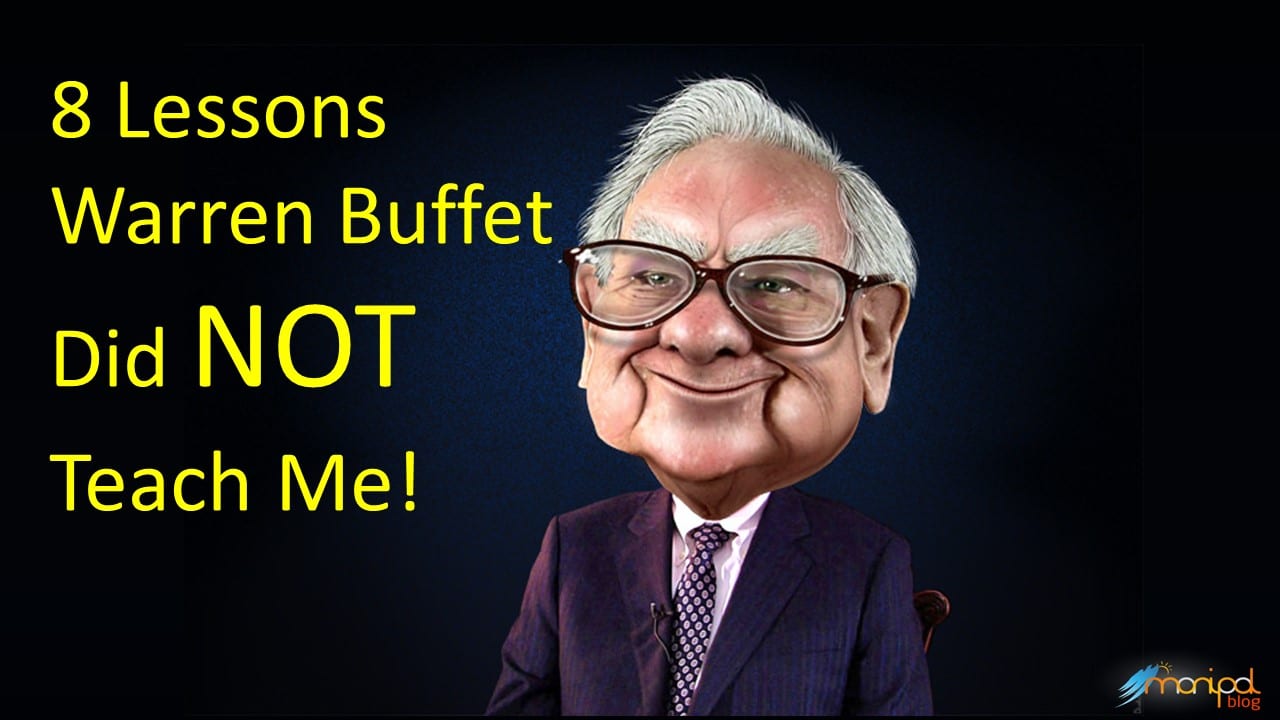It usually turns out that doing things as simply as possible is better than allowing intricacy and details to complicate our lives. Simple strategies give us the opportunity to sort things at a basic level and know them from the inside out. Based on this easy principle, here are 10 very simple things that every investor needs to know about the stock market:
1. Moves and Counter Moves Determine Price Trends.
When a stock either goes up and remains there without going down for a period of time or goes down and remains there, it is considered to have made a move. After the move occurs, if the stock price moves in the opposite direction again but not as far as it moved the first time, that’s considered a counter move. Uptrends hook up with the bottoms of counter moves while downtrends are at the top edge of counter moves. A stock trend happens in a series of moves upward interspersed with smaller, shorter counter moves downward. While this trend is occurring, investors are able to draw a line between the lows created by the counter moves and still see the line slant upwards overall.
2. Inevitable Changes in Irrational Valuations
Stock prices that are much higher than the estimated earnings potential of the company are known as irrational valuations. What the market strives to do is determine what a company’s future worth will be. Therefore, rational stock prices are based on what the future earnings expected of a company are presently valued at. When stock prices are irrational, you can expect them to change as the behavior that caused them is modified.
3. Sometimes Irrational Behavior Lasts Longer Than You Can
Short term mistakes happen in the pricing of stocks. Although the market is usually very efficient in the method it uses to set prices, don’t take this to mean that prices will always be set correctly. Prices are often based on the emotions of the investors which are never rational as far as stock trading is concerned. If the market stays irrational for a longer period of time than expected, all of those who have invested in a stock stand to lose. The wisest course of action is to go with the flow of the market, because it will always be right.
4. Buyers Have Control with Rising Bottoms
Counter moves that rise left to right over time on the stock charts are indicative that buyers are controlling the market. If you wait until such times when the buyers are in control like this, you will have much better success with the stocks you invest in.
5. Sellers Have Control with Falling Tops
Whenever you see highs of counter moves falling from left to right over a period of time on the stock charts, you’ll know that the market is being controlled by the sellers. If you want to be successful when shorting stocks, wait for a time when the sellers are controlling the market.
6. Uptrends: Slow Starts and Quick Ends
It takes a while for a bull market to develop, due to the skepticism that is inherent amongst investors. Eventually people will start to gain the confidence they need to start investing, and the trend upwards will pick up. The end comes quickly, however, because when too many investors start buying a stock, the price will skyrocket to irrational levels that will force an immediate downward trend to correct the situation.
7. Downtrends: Quick Starts and Slow Ends
As stated above, downtrends start quickly as a way of correcting irrational prices. Luckily, however, the downtrend will moderate over a period of time as the trend flattens out and more rational pricing appears. What started as a deluge ends with a trickle.
8. Give Trends a Chance to Reverse Themselves
When the market starts showing irrational behavior, investors get nervous. They realize that something is going to change in order to correct the problem. It’s always wisest to give trends a chance to reverse themselves before selling. After all, it only takes a few seconds to sell when you execute a stop loss order, while trend reversals will take considerably longer to start.
9. Avoid Stock Information that is Already Public
Never forget that by the time a company makes an announcement that their business fundamentals have changed, the knowledge has already been acted upon by those in the know. Positive public information always results in a stock price surge as less-savvy investors rush to take advantage of it, but it’s really already too late to cash in big by that time.
10. Abnormal Activity Means Something is Taking Place
In order to score big in the stock market, you must trade on information that hasn’t yet been made public. Do your research and act on inside knowledge. Every company has people who know what’s going on prior to the information being announced publicly, and when they act on their knowledge, it shows up as abnormal trading activity which you can use to get in on the action.









